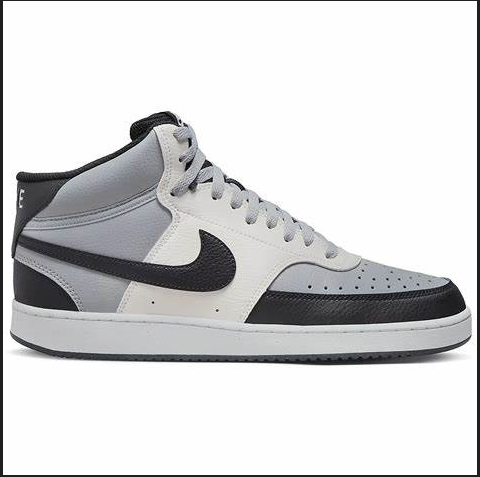The retail world has seen massive shifts in recent years. As e-commerce continues to rise and consumer shopping habits evolve, brands are forced to rethink their strategies. Among these brands, Nike has made headlines with a bold move—removing its products from certain physical stores. But why did this global sports giant take such a significant step?
The Direct-to-Consumer (DTC) Approach: A Game-Changer
Nike’s decision to pull out of certain stores wasn’t random; it was strategic. One of the key reasons for this change is the increased focus on direct-to-consumer (DTC) sales. By selling directly to customers, either online or through their own stores, Nike significantly boosts profit margins. Here’s how:
- Higher profit margins: When you purchase Nike products from a retailer, a portion of the revenue goes to the store. By cutting out these middlemen, Nike retains a larger share of the profits.
- Increased control over branding: By focusing on DTC, Nike can control how its brand is presented to consumers. Whether online or in Nike’s own stores, the brand experience is consistent and curated according to its standards.

Enhancing the Customer Experience Through DTC
By emphasizing DTC sales, Nike also gains more control over the overall customer experience. In physical retail settings, the experience can vary based on the store’s layout, staffing, and even product presentation. When consumers shop directly from Nike, the brand ensures:
- A unified experience: Nike’s online store and branded physical outlets are carefully designed to reflect its core values, aesthetics, and messaging.
- Visit us here clubneet.
- Personalization opportunities: Through online channels, Nike can offer personalized recommendations, exclusive products, and customized marketing to improve consumer engagement.
Leveraging Data to Drive Success
Data is the backbone of modern retail, and Nike understands this well. Through direct customer interactions, especially online, Nike gathers valuable data on consumer preferences, behaviors, and trends. This data allows the company to:
- Tailor marketing campaigns: Nike can use insights to create highly targeted marketing campaigns that resonate with individual consumer segments.
- Personalize shopping experiences: Data-driven strategies enable Nike to offer product suggestions and exclusive deals tailored to each customer’s interests.
Why Reducing Third-Party Dependence Matters
Another key factor behind Nike’s shift to DTC sales is its desire to reduce reliance on third-party retailers. Many external retailers may not always align with Nike’s vision or long-term goals. By moving away from these partnerships, Nike:
- Streamlines operations: Reducing third-party involvement allows for more efficient supply chain management and faster response times to market demand.
- Maintains tighter control over inventory: Nike can manage stock levels more effectively, reducing overproduction and ensuring that the most popular items remain available.
Flexible Pricing and Inventory Control
Direct sales offer more flexibility in terms of pricing and inventory management. When relying on traditional retailers, pricing is often dictated by broader retail trends and store agreements. Through DTC sales, Nike can:
- Adapt pricing: Nike can adjust product pricing in real-time based on factors such as demand, location, and seasonality.
- Optimize inventory: The brand gains full control over stock levels, reducing the likelihood of running out of popular products or overstocking less popular ones.

What This Means for Consumers
Nike’s shift doesn’t mean consumers will struggle to find their favorite gear. Even though some stores may no longer carry Nike products, the company is investing heavily in its e-commerce platforms and branded stores. You can still access their full product range online or by visiting one of Nike’s physical stores.
Consumers can expect to see:
- Better availability: Nike will be able to manage stock levels more efficiently, ensuring popular items are available when needed.
- More tailored experiences: Online and in-store experiences will become more personalized, making shopping more enjoyable and engaging.
- Potential pricing benefits: With more control over its own pricing structure, Nike can offer promotions and discounts without the constraints of retailer agreements.
Conclusion
Nike’s decision to reduce its presence in third-party stores represents a strategic response to the rapidly changing retail landscape. By focusing on DTC sales, Nike reaps the benefits of higher profit margins, better control over the customer experience, and deeper insights through data. While consumers may notice fewer Nike products in certain retail locations, the brand’s focus on its own platforms means better availability, personalized experiences, and potential cost savings in the long run.


